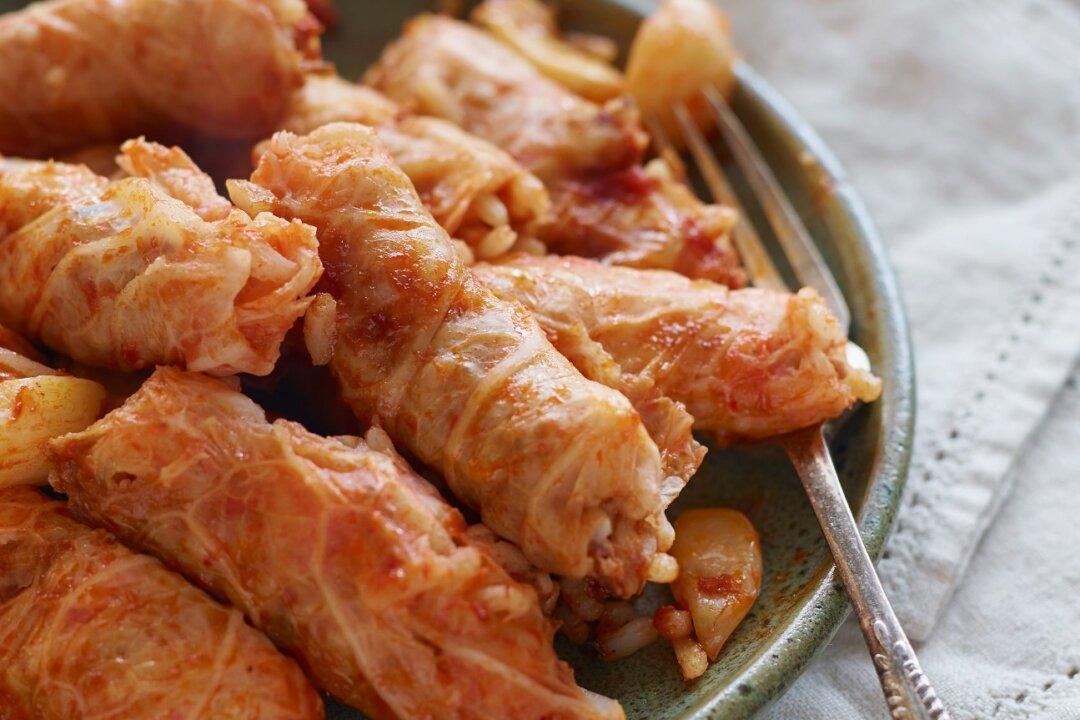As I gaze out toward my mother’s garden, the light of the autumn sun softly cascades down upon the seasonal spoils, illuminating the trees, making the garden look as if professionally lit by a big Hollywood film crew. But no cameras are rolling today—only the one in my mind. Mother Nature is in full bloom as I prepare for one of my favorite things to do: harvesting the garden!

The author, Julie Ann Sageer. Courtesy of Julie Ann Sageer

